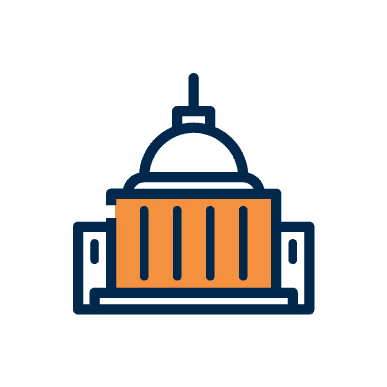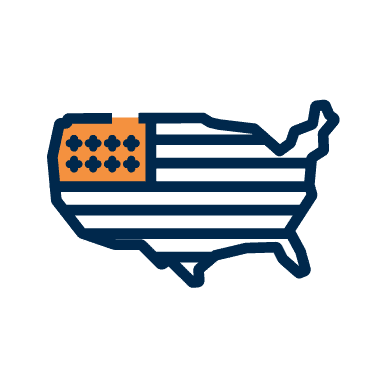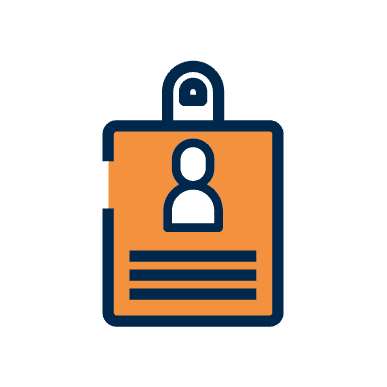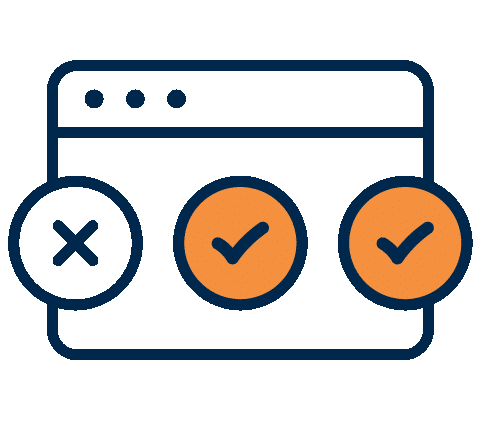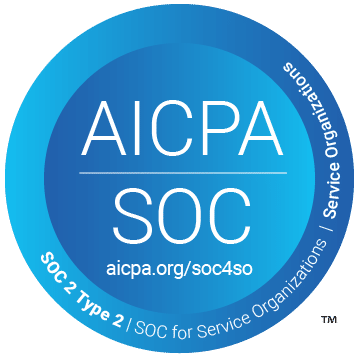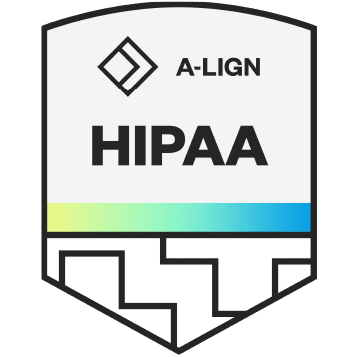The Parthenon of Healthcare Compliance
At the 2016 HCCA Compliance Institute, an annual conference for compliance stakeholders, Inspector General of the U.S. Department of Health and Human Services (HHS OIG), Daniel R. Levinson, delivered a keynote address which deftly summarized the current standing of the country’s compliance initiatives.
In his speech, Inspector General Daniel Levinson used Athens’s Parthenon as metaphor for institutions such as healthcare. Once majestic in its design and reliable in its purpose, the temple of Parthenon dedicated to the goddess Athena, has crumbled over the years. Now its remains, although still capable of attracting a horde of tourists on a regular basis, is but a mere shadow of its historic charm and beauty.
The major cause of the Parthenon’s disintegration is no less than human neglect and errors—the very same reasons that could put modern institutions at risk for the same fate.
Inspector General Levinson’s usage of the Parthenon as metaphor for the country’s health care institution is quite apt. For one, both were made to exist in order to serve the greater good. But while the Parthenon has long succumbed to decay, the US healthcare system is at the height of its efficiency, and continues to fight the good fight. This good fight owes a lot to the results-driven initiatives of the HHS OIG.
Over the years the HHS OIG has consistently enacted the following functions:
- Reduce vulnerabilities
- Reduce improper payments
- Promote safety/security
- Promote quality of care
- Hold wrongdoers accountable
A strong healthcare system, as per Inspector General Levinson’s words, is characterized by five core competencies.
- Deliver quality care
- Enhances morale
- Builds trust and reputation
- Reduces costly mistakes
- Self corrects
With these five competencies, the US healthcare system will continue to function at its finest. Also, these will aid the healthcare institution in eradicating compliance failure which is a threat to its very foundation.
As a simple reminder for compliance stakeholders, Inspector General Levinson reiterates the importance of recognizing FACES: False claims act, Anti-kickback statute, Civil monetary penalties law, Exclusion authorities, Starks law. FACES comprehensively reveal the nature of HHS OIG’s fight against healthcare fraud, abuse, and neglect. The recognition of these FACES is the first step to identifying and fighting all sorts of compliance failure.
In his speech, Inspector General Levinson also recounted three health care fraud cases as cautionary tales. Cases mentioned include that of a Michigan Oncologist who gave chemotherapy to 300 non-cancer patients, healthcare recipients unknowingly enrolled in hospice care, and prescription drug abuse. These are just a few of the most high-profile cases/schemes encountered by the HHS OIG, and which jeopardize the integrity of the country’s health care institution the same way the Parthenon has been jeopardized over years of mishandling and neglect.
The OIG, as emphasized by Inspector General Levinson, ensures balance in both of its enforcement and compliance initiatives. This balance is achieved by:
- Assisting provider compliance efforts (CPGs, alerts, bulletins, advisory opinions)
- Enforcing consistent with OIG guidelines
- Holding individuals accountable
- Integrity obligations, including CIAs
- Securing financial recoveries
- Excluding bad actors
Furthermore, the HHS OIG is always on the lookout for new ways and means to further strengthen and solidify its compliance foundations. For example: revised compliance guidance now actively seeking and supporting self-disclosure, as well as discretion to exclude, among other changes; Corporate Integrity Agreement now placing reestablished responsibility and trust in provider’s’ compliance plan; Affordable Care Act; Physician Payment Reform Law (MACRA); and the HHS investment in Health IT (HITECH ACT), among others.
Ultimately, Inspector General Levinson calls for active support and participation from all compliance stakeholders. Such unrivaled participation and complete compliance will ensure that the US healthcare system does not suffer the same fate as the Parthenon’s.
For more on Exclusions, visit our OIG Exclusion page.



